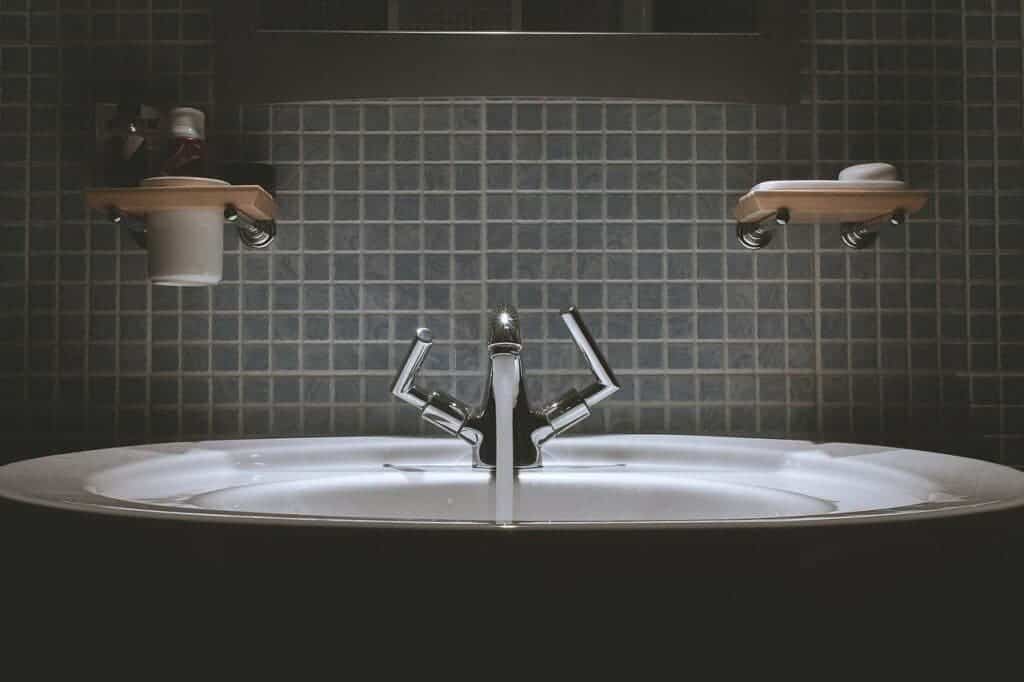In order to curb the spread of the coronavirus pandemic, it is important that each person practices impeccable hygiene. We know, for instance, that the virus is easily neutralized when it comes in contact with soap or bleach. However, some Americans have managed to hurt themselves while disinfecting their homes.

From January to March, US poison centers have reported a 20% surge in calls compared to the same period in the previous year.
According to records from the National Poison Data System, there were 28,158 calls related to cleaners and 17,392 complaints linked to disinfectants during this timeframe.
While this observational data cannot draw a causal link between the rise of poisoning cases in the country and the coronavirus pandemic, it seems very likely that COVID-19 news reports have motivated more Americans to heavily clean and disinfect their homes than they would normally have.
For instance, most of the dramatic rise in poison-related calls occurred since early March, when the pandemic began to be felt close to home, on US soil.
“The timing of these reported exposures corresponded to increased media coverage of the COVID-19 pandemic, reports of consumer shortages of cleaning and disinfection products, and the beginning of some local and state stay-at-home order,” wrote the authors of a recent CDC report.
The increase in poisoning seems to have affected all age groups, but children aged 5 and under were disproportionately affected.
One preschool-aged child included as a case study in the new CDC report hit her head on the floor after she became dizzy from ingesting an unknown amount of hand sanitizer. When she was brought to the hospital, doctors found blood alcohol levels three times over the legal limit for driving. She was released from pediatric care two days later.
Another case involved a woman who filled her sink with bleach, vinegar, and water. She meant to use this concoction to disinfect produce she had just bought from the supermarket since the news stated that this was a good idea. The problem is the mix of substances chemically reacted and released toxic chlorine gas, causing the woman to experience trouble breathing and a heavy cough. She recovered days later after receiving oxygen therapy at the hospital.
“Users should always read and follow directions on the label, only use water at room temperature for dilution (unless stated otherwise on the label), avoid mixing chemical products, wear eye and skin protection, ensure adequate ventilation, and store chemicals out of the reach of children,” the report concludes.
If you’re looking for disinfectants against the coronavirus, the EPA compiled a list of approved products a while back that is still relevant.


